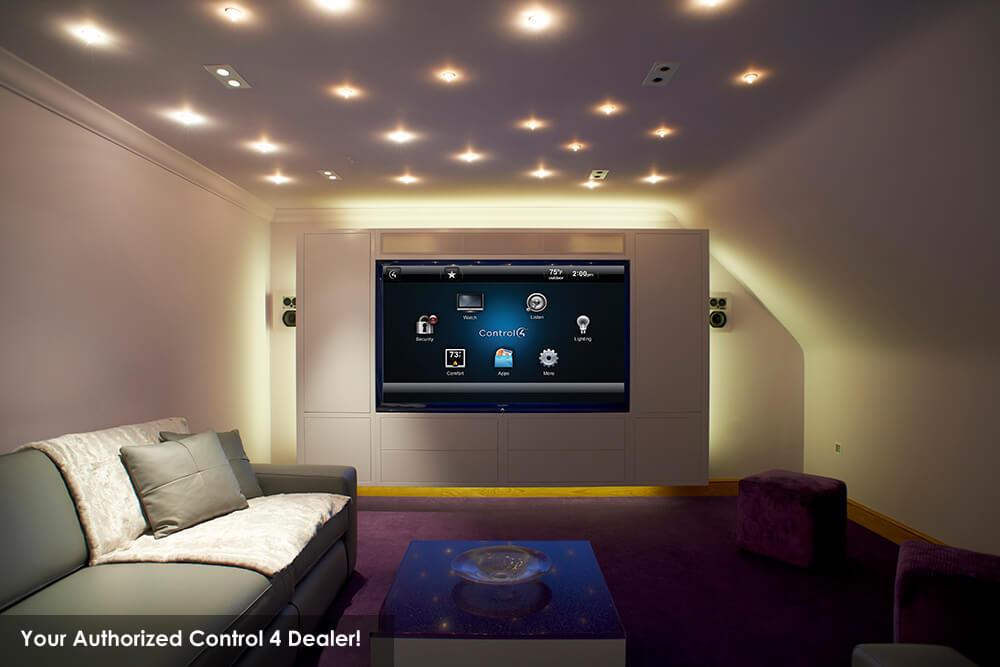Exploring the Evolution of Electronic Signage Tech and Its Impact on Installation Methods
Wiki Article
Digital signage technology has come a long way since its beginning. At first, signs were fixed and required hands-on updates, which could be time-consuming and challenging. With the progress of innovation, digital signage has evolved into a dynamic and engaging medium. Today, screens can show lively graphics, footage, and real-time data, making them more captivating for viewers. This evolution has not only altered how data is displayed but has also transformed the way businesses and entities communicate with their audiences.

One of the crucial developments in digital signage solutions is the use of HD displays. These screens offer improved resolution and hue precision, which enhances the overall observing encounter. Additionally, the introduction of LED and liquid crystal display technology has made it possible to produce thinner and lighter screens. This has allowed for more versatile setup options, such as wall installation, suspending, or even independent displays. As a consequence, companies can choose the best configuration that fits their space and customer requirements, making digital signage a flexible solution for different environments.
Another significant development is the integration of content administration platforms (CMS). These systems allow operators to easily develop, schedule, and manage material across various screens from a single interface. This feature is particularly advantageous for businesses with multiple sites, as it ensures uniform messaging and branding. Furthermore, many CMS systems offer web-based solutions, enabling off-site access and instant modifications. This means that companies can quickly respond to shifts in information or offers, keeping their content fresh and pertinent.
The effect of digital signage technology on installation methods cannot be ignored. With the growth of interactive screens and touch displays, setup has become more complex. Technicians must now take into account factors such as wiring, networking, and customer engagement. Additionally, the need for proper mounting and placement is crucial to ensure optimal sightlines and approachability. As a result, professional installation solutions have become more important, as they bring expertise in both technology and aesthetics to develop impactful digital signage solutions.
visit In summary, the development of digital signage technology has significantly influenced installation methods and the way data is shared. With advancements in display technology, content administration platforms, and setup methods, businesses can develop engaging and effective signage that captures the focus of their viewers. As digital signage keeps to expand and evolve, it will undoubtedly play a vital role in shaping the future of interaction in various sectors.